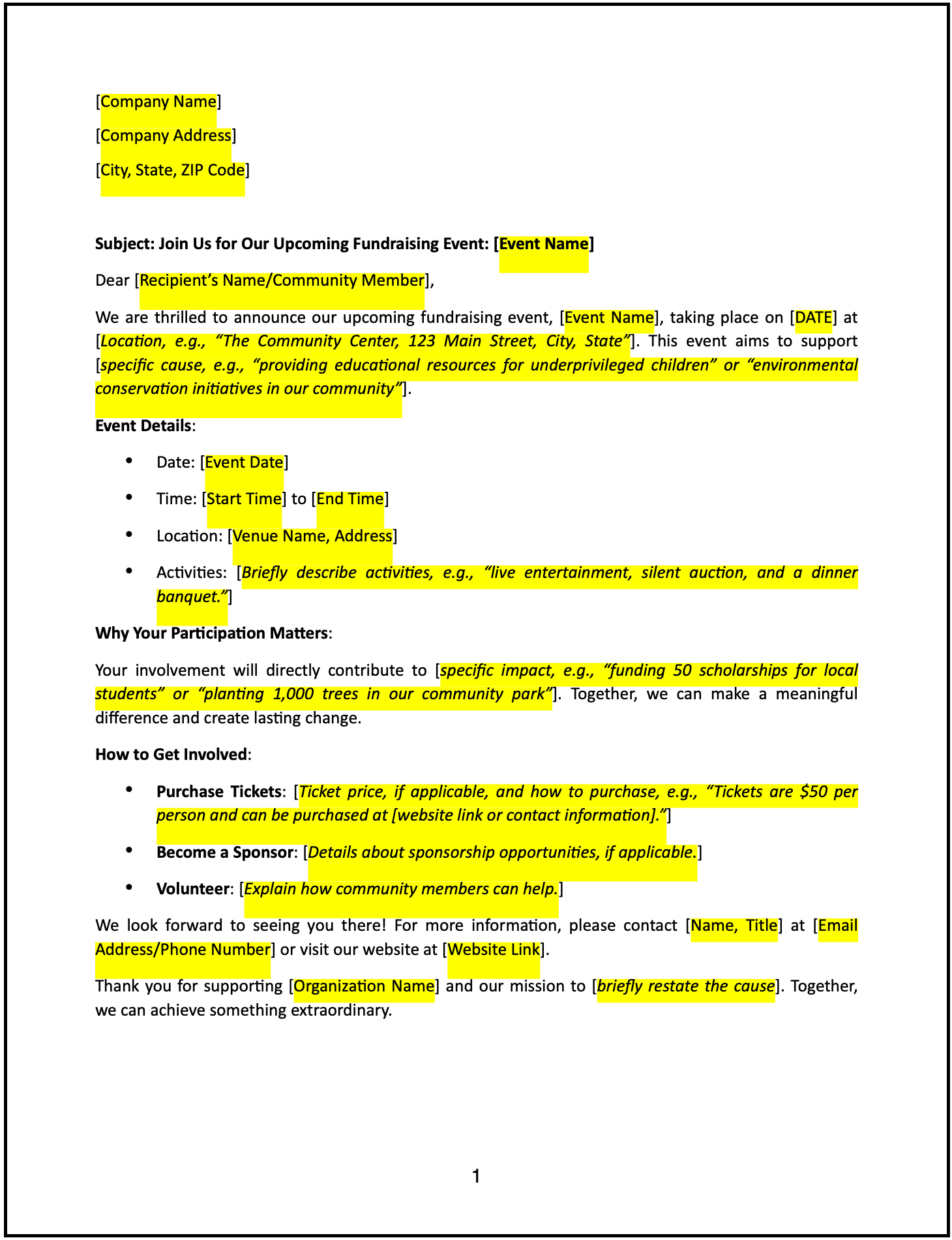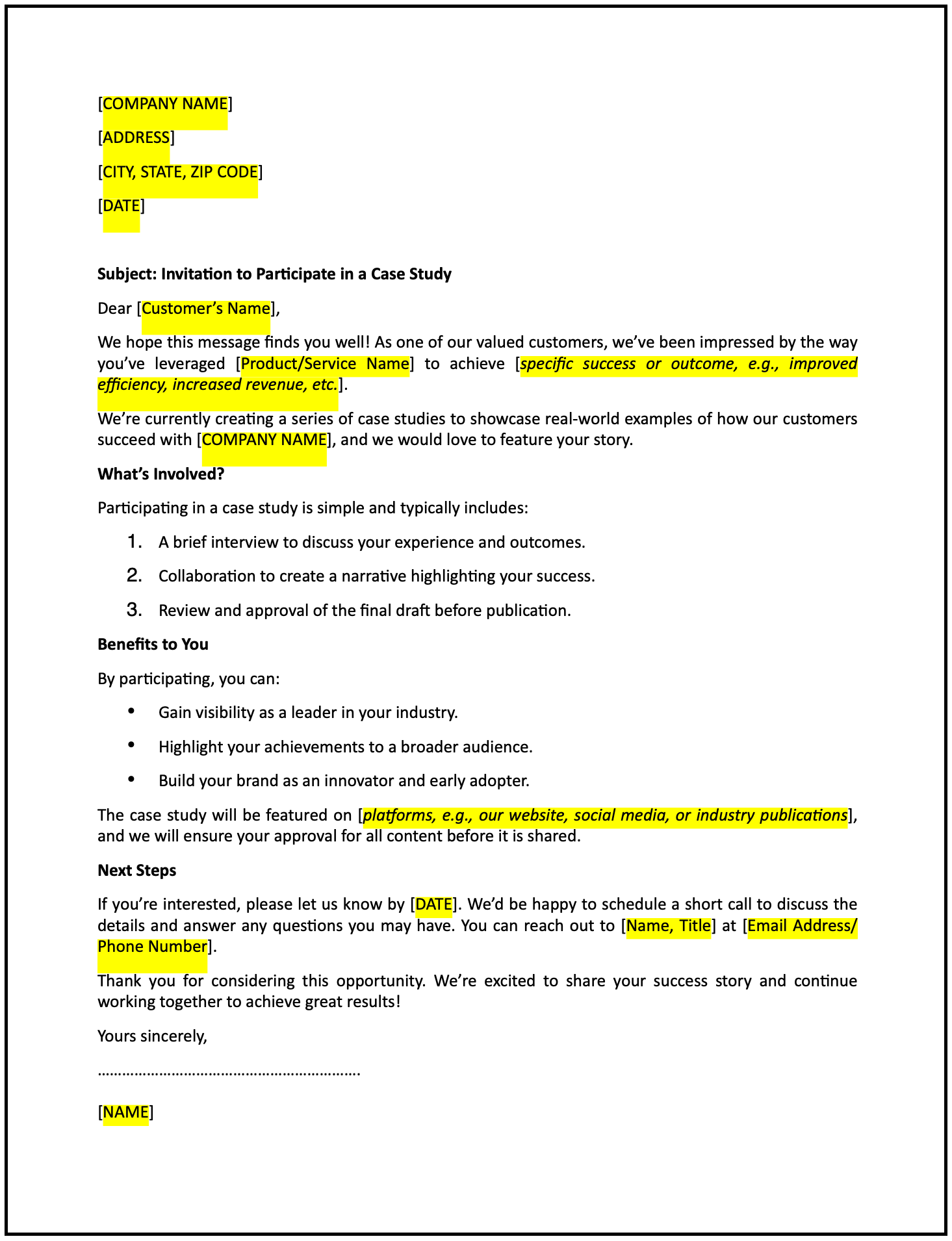Letter of notice of policy violation and disciplinary action: Free template

Letter of notice of policy violation and disciplinary action
A letter of notice of policy violation and disciplinary action is a formal way to inform an employee of their violation of company policies and outline the consequences of their actions. This letter provides clarity about the violation, the disciplinary measures, and the expectations for future conduct.
How to use this letter of notice of policy violation and disciplinary action
- Open with acknowledgment: Begin by referencing the incident or behavior that violated company policies, including the date and specifics.
- State the violation: Clearly describe the policy or rule that was breached, referencing the employee handbook or relevant documents.
- Provide evidence: Include supporting details or documentation, such as reports or observations, that substantiate the violation.
- Communicate the disciplinary action: Outline the consequences being imposed, such as a warning, suspension, or probation.
- Highlight expectations: Clearly state the standards of behavior expected moving forward to prevent recurrence.
- Offer support: Mention resources, such as training or counseling, to help the employee improve their conduct.
- Maintain professionalism: Ensure the letter is respectful, clear, and focused on resolution.
- Provide contact information: Include details for further discussions or to address questions about the disciplinary process.
Benefits of using a letter of notice of policy violation and disciplinary action
This letter template ensures a structured and professional way to address policy violations while fostering transparency and accountability. Here’s how it helps:
- Ensures clarity: Clearly outlining the violation and consequences minimizes misunderstandings.
- Reflects professionalism: A respectful and factual tone reinforces the organization’s credibility and fairness.
- Encourages improvement: Highlighting expectations and offering support fosters constructive behavior changes.
- Reduces disputes: Providing evidence and referencing policies minimizes potential conflicts.
- Provides documentation: A formal record of the notice is valuable for HR and legal purposes.
Tips for writing an effective letter of notice of policy violation and disciplinary action
- Be specific: Clearly describe the violation, its impact, and the disciplinary measures being taken.
- Use professional language: Maintain a respectful yet assertive tone to ensure the message is taken seriously.
- Reference policies: Mention the specific rules or policies that were breached to provide context.
- Highlight improvement: Emphasize the importance of adhering to company standards moving forward.
- Keep it concise: Focus on the key points while ensuring the tone is professional and constructive.
Frequently asked questions (FAQs)
Q: What details should I include in this letter?
A: Include details of the violation, evidence, the breached policy, disciplinary actions, and future expectations.
Q: Should I personalize the letter?
A: Yes, addressing the employee directly and referencing specific incidents ensures clarity and attentiveness.
Q: Who typically sends this letter?
A: The employee’s manager, supervisor, or an HR representative usually sends this letter.
Q: How formal should this letter be?
A: The tone should be highly professional and factual, focusing on clarity and resolution.
Q: When should this letter be sent?
A: Send the letter promptly after the violation is identified and the disciplinary action is determined.
Q: Can this letter include a follow-up review?
A: Yes, mentioning a follow-up review period demonstrates accountability and support for improvement.
Q: Is acknowledgment from the recipient required?
A: Yes, requesting acknowledgment ensures the employee understands the violation and the disciplinary measures.
This article contains general legal information and does not contain legal advice. Cobrief is not a law firm or a substitute for an attorney or law firm. The law is complex and changes often. For legal advice, please ask a lawyer.


